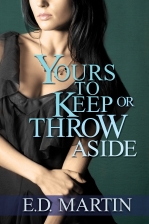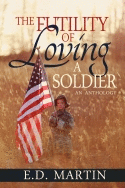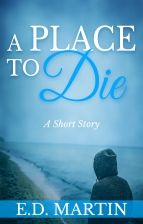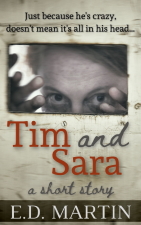Day C of the 2013 Blogging from A to Z April challenge. Today’s topic: cinnamon rolls.
I love to cook and bake. Unfortunately though I’m not a big eater, so I generally try to give away most of the food I make. Leftover risotto or lasagna can easily find a home; whole carrot cakes and several dozen cookies, not so much.
One thing I don’t have a problem devouring are these cinnamon rolls. My six-year-old son, who’s inherited my love of baking-not-eating, eats three of these in one sitting. He made them for Easter breakfast (I read the directions while he got out the ingredients, measured, and mixed), and since they were so yummy and easy, I want to share the recipe.
Cinnamon Rolls
In your bread machine, combine the following: 1 c milk, 1/4 c softened butter, 1 egg, 3 c flour (I throw in some gluten too because I don’t use bread flour), 1/2 c sugar, 1/2 tsp salt, 2 tsp cinnamon, and 2 tsp yeast. Set to dough setting.
After the dough is done, combine 3/4 c brown sugar, 1/4 c flour, 1 tbsp cinnamon, and 1/3 c chopped cold butter until it resembles course crumbs. Divide the dough in half and on a floured surface roll out to a 12″x8″ rectangle. Sprinkle half the brown sugar mixture on each and roll up, starting with a long edge. Cut into 12 pieces and arrange in a greased 13″x9″ cake pan. Cover the pans and allow to rise for 30 minutes in a warm place. Bake at 375 for 20 minutes.
To make the glaze, combine powdered sugar, 1 tsp vanilla, 2 tbsp softened butter, and 3-4 tbsp milk. Pour on top.
Enjoy!












